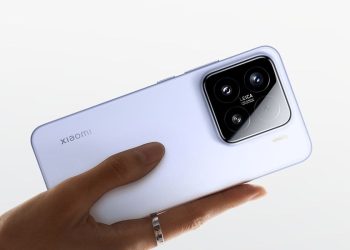ZTE has created a Face ID sensor that hides under the screen
During the MWC in Shanghai, ZTE showcased its second-generation sub-screen camera technology. It introduced the function of biometric face scanning based on three-dimensional structured lighting technology, which is used for the first time for such a subscreen solution.










